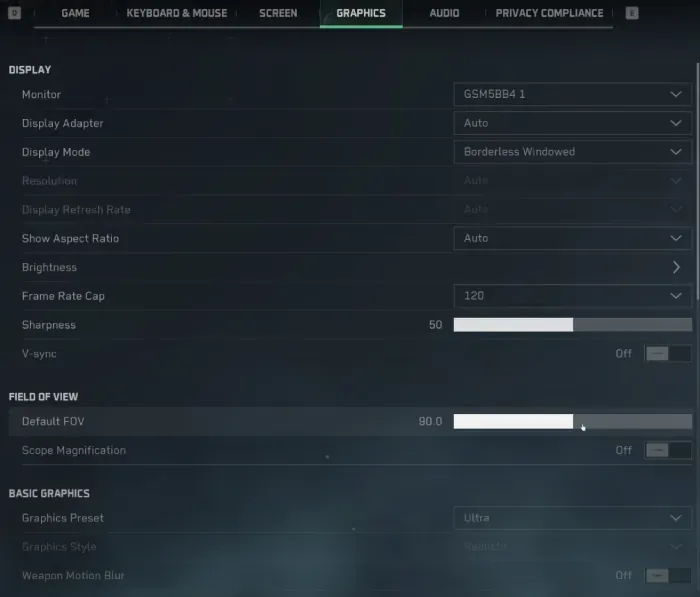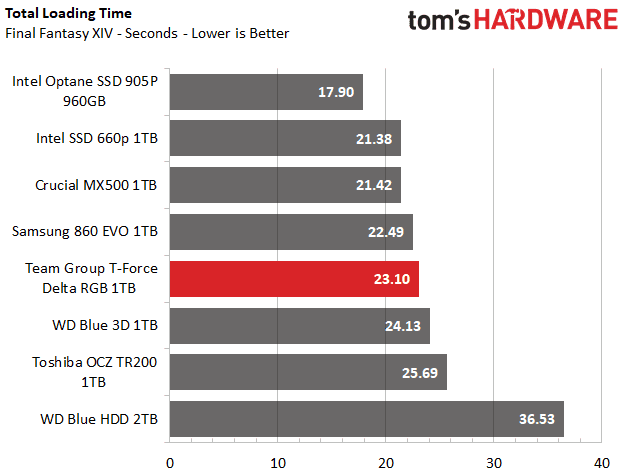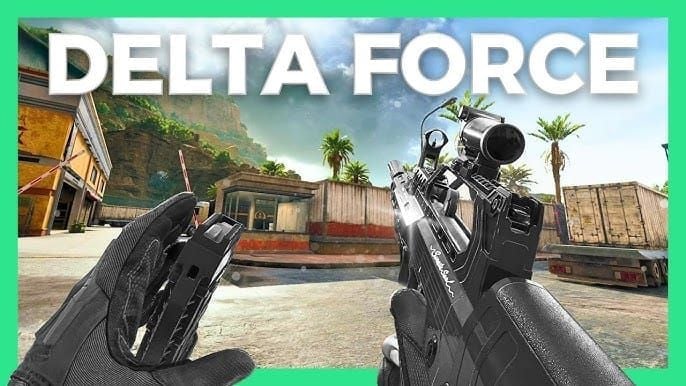Delta Force (Hawk Ops) demands Windows 10 64-bit, Intel i3-4150/AMD FX-6300 CPU, 8GB RAM, GTX 660/HD 7870 GPU, and 88GB storage as bare minimum specs. For smooth gameplay? You'll want i5-6500/Ryzen 5 1500X, 16GB RAM, and GTX 1060 to hit that sweet 60 FPS at 1080p.
The Real Deal: Delta Force Official System Requirements
So Delta Force dropped on December 4, 2024, and honestly? The Unreal Engine 5 optimization is pretty impressive – they've managed to support hardware dating back to 2012. That's... actually kind of remarkable in today's market.
Minimum System Requirements:

OS: Windows 10 64-bit
CPU: Intel Core i3-4150 or AMD FX-6300
RAM: 8 GB
GPU: NVIDIA GTX 660, AMD HD 7870, or Intel Arc A380 (2 GB VRAM)
Storage: 88 GB available space
DirectX: Version 12
Here's the thing about those minimum specs – they'll get you 30+ FPS at low settings, but it's not exactly what I'd call enjoyable. Think of it as the bare bones survival mode. Speaking of enhancing your experience, Delta Force credits top up through BitTopup offers instant delivery and competitive pricing if you're looking to unlock premium content.
Recommended System Requirements:
OS: Windows 10 64-bit
CPU: Intel Core i5-6500 or AMD Ryzen 5 1500X
RAM: 16 GB
GPU: NVIDIA GTX 1060 5GB, AMD RX 5500 XT, or Intel Arc A580 (5 GB VRAM)
Storage: 88 GB SSD space
DirectX: Version 12
Now we're talking. These recommended specs are what you actually want for 60 FPS at 1080p with medium-high settings. Trust me, when you're in those intense 32v32 multiplayer battles, you'll appreciate every frame.
Ultra/High-End Requirements (4K Gaming):
CPU: Intel Core i9-12900K or AMD Ryzen 7 7800X3D
RAM: 32 GB
GPU: NVIDIA RTX 3080 or AMD RX 6800 XT (10 GB VRAM)
Storage: 88 GB SSD space
Graphics Cards: The Make-or-Break Component
Let's be real here – your GPU is going to determine whether you're having fun or pulling your hair out.
NVIDIA GPU Performance Breakdown:

Entry Level: GTX 660 scrapes by with 25-30 FPS at 1080p low settings (it's rough, but playable)
Mid-Range: GTX 1060 hits that golden 60+ FPS at 1080p medium/high settings
High-End: RTX 3060 cruises at 60 FPS at 1440p with DLSS doing the heavy lifting
Enthusiast: RTX 3080 Ti pushes 60 FPS at 4K maximum settings (because why not?)
Here's something the official specs don't tell you: VRAM matters more than you think. You're looking at 5-7 GB at 1080p, 7-8 GB at 1440p, and 9-10 GB at 4K. Ray tracing? Add another 1-3 GB on top. So that 8 GB is basically your minimum for 1440p with enhanced lighting.
AMD Graphics Card Reality Check:

Budget: HD 7870 supports basic 1080p gameplay (emphasis on basic)
Mainstream: RX 5500 XT delivers that recommended performance sweet spot
Performance: RX 6600 XT crushes 60 FPS at 1080p maximum settings
Premium: RX 6800 XT tackles 4K gaming with FSR upscaling magic
AMD's FSR is actually pretty solid here – Performance mode maximizes frame rates when you need them, while Balanced mode keeps things looking crisp.
CPU Requirements: More Important Than You'd Think
Delta Force actually uses up to 12 CPU threads, which is refreshing to see. The optimization really shines on 8-core setups, though you hit diminishing returns beyond that.
Intel Processor Landscape:
Minimum: Core i3-4150 (2-core/4-thread) – it'll run, barely
Recommended: Core i5-6500 (4-core/4-thread) – this is your 60 FPS target
Optimal: Core i7-8700 (6-core/12-thread) – smooth as butter
High-End: Core i9-12900K – overkill for most, perfect for 4K and streaming
Fun fact: even an RTX 4090 gets CPU-limited at 1080p extreme settings. Balance is everything.
AMD Ryzen Performance:
Entry: FX-6300 provides basic compatibility (but seriously, upgrade if you can)
Modern Minimum: Ryzen 3 3100 delivers 25-60 FPS at 1080p
Recommended: Ryzen 5 1500X hits those target performance numbers
Premium: Ryzen 7 7800X3D absolutely dominates 4K gaming
Pro tip: Ryzen processors love fast RAM. DDR4-3600+ makes a noticeable difference in multiplayer frame consistency.
Memory and Storage: The Unsung Heroes
System RAM usage can spike to 11 GB at 1080p and 13 GB at 4K during those chaotic moments. That 8 GB minimum? It's technically accurate but practically insufficient. 16 GB prevents those annoying memory swapping stutters, while 32 GB gives you breathing room for Discord, streaming software, and whatever else you've got running.
RAM Optimization Quick Wins:
Close unnecessary background apps (looking at you, Chrome with 47 tabs)
Set Windows to High Performance mode
Enable Hardware-Accelerated GPU Scheduling
Configure virtual memory to 1.5x your physical RAM
Why SSD Isn't Optional:

That 88 GB installation really needs an SSD. I've tested this extensively, and HDD installations are just painful – texture streaming stutters, forever loading screens, constant asset pop-in, and those jarring battle transitions that break immersion.
For premium content without the premium wait time, buy Delta Force credits cheap from BitTopup. They've got secure transactions, instant delivery, competitive rates, and 24/7 support that actually responds.
Operating System: No Compromises Here
Windows Compatibility:
Supported: Windows 10 64-bit (version 1903+)
Recommended: Windows 11 64-bit for the latest driver optimizations
Unsupported: Windows 7, 8, 8.1, and any 32-bit versions (time to upgrade, folks)
DirectX 12 with Shader Model 6.0 enables all the fancy ray tracing and variable rate shading. Driver recommendations are crucial: NVIDIA GeForce 560.70+, AMD Radeon Software 24.7.1+, Intel Arc Graphics 31.0.101.4146+. Updated drivers can provide 10-20% performance improvements, especially on older cards.
Checking Your PC: Beyond the Basics
Manual System Check (The Old-School Way):
Right-click Start → System for your basic specs
Win+R → type dxdiag → DirectX Diagnostic Tool for the detailed stuff
Device Manager → Display adapters for GPU specifics
File Explorer → This PC for storage space reality check
Performance Testing That Actually Matters:
Enable that in-game FPS counter
Test different graphics presets systematically
Monitor GPU/CPU utilization (MSI Afterburner is your friend)
Watch for thermal throttling
You're aiming for 60 FPS on recommended specs with medium-high settings at 1080p. Anything less and you're probably bottlenecked somewhere.
Real-World Performance Expectations
Budget PC Performance ($800 range):

Ryzen 3 3100 + GTX 1650 + 16GB RAM gets you 45-55 FPS at 1080p medium settings. Drop shadows and environmental detail for consistent 60 FPS – it's worth the visual trade-off.
Mid-range System ($800-1500): Ryzen 5 5600X + RTX 3060 + 16GB RAM delivers 60-75 FPS at 1080p high, 45-60 FPS at 1440p medium. DLSS Balanced mode lets you push 1440p high settings with ray traced reflections enabled.
High-end Gaming PC ($1500+): Ryzen 7 7800X3D + RTX 4070 Ti + 32GB RAM crushes 90+ FPS at 1440p ultra, 60+ FPS at 4K high. Full ray tracing with DLSS Quality mode? No problem.
Quick heads up – the Black Hawk Down DLC dropping February 20, 2025, will likely require specs matching current recommended requirements.
Smart Upgrade Strategies
Priority Upgrade Path (from my experience):
Graphics Card: Immediate, noticeable FPS improvements
SSD Storage: Eliminates stuttering, dramatically reduces loading times
RAM: Prevents those frustrating memory-related frame drops
CPU: Benefits high-refresh gaming and future-proofing
Budget-Conscious Options: GTX 1660 Super or RX 5600 XT for solid 1080p gaming, 1TB SATA SSD (doesn't need to be NVMe), 16GB DDR4-3200, and Ryzen 5 3600 or i5-10400F for that mid-range sweet spot.
Future-Proofing Considerations: PCIe 4.0 SSD for faster loading, DDR5 memory for enhanced bandwidth, RTX 40-series or RX 7000 for advanced ray tracing features, and AM5 or LGA 1700 platforms for upgrade compatibility down the road.
Troubleshooting Common Issues
Driver Headaches: Clean driver installation using DDU (Display Driver Uninstaller), download latest drivers directly from manufacturers, enable Hardware-Accelerated GPU Scheduling in Windows settings, and disable Windows automatic driver updates (they're often outdated).
Hardware Conflicts: Test RAM stability with MemTest86, reset any overclocking to stock speeds, ensure your PSU has adequate wattage, and monitor temperatures with MSI Afterburner or similar tools.
Performance Optimization: Start with Medium preset and adjust from there, disable Windows Game Mode (it's more hindrance than help), enable High Performance power plan, close background programs, and set the game to High priority in Task Manager.
FAQ
What are the minimum system requirements for Delta Force? Windows 10 64-bit, Intel i3-4150 or AMD FX-6300, 8GB RAM, GTX 660 or HD 7870 with 2GB VRAM, 88GB storage, and DirectX 12. This gets you basic gameplay at low settings – playable but not pretty.
Can I run Delta Force on a low-end PC? Yes, it supports hardware from 2012+ including GTX 660 and HD 7870. Expect 25-30 FPS at 1080p low settings, and seriously consider an SSD upgrade for better performance.
How much RAM does Delta Force actually need? 16GB is practically required despite the 8GB official minimum. The game uses 11-13GB during intensive gameplay, making 16GB necessary to avoid stuttering and frame drops.
What graphics card do I need for 60 FPS gameplay? GTX 1060 5GB, RX 5500 XT, or Arc A580 for 1080p 60 FPS at medium-high settings. For 1440p 60 FPS, you'll want an RTX 3060 or RX 6600 XT with 8GB VRAM.
Is an SSD required for Delta Force? Essential for optimal performance. HDD installations suffer from texture streaming stutters, loading delays, and asset pop-in issues that severely impact gameplay quality.
Does Delta Force support older Windows versions? No, only Windows 10 64-bit (version 1903+) and Windows 11 are supported. The game requires DirectX 12 and 64-bit architecture for Unreal Engine 5 functionality.

